Shows Positive Attitude Towards Learning
What does “Shows Positive Attitude Towards Learning” mean?
This skill relates to how a child responds when given the chance to learn. A child with a positive attitude shows enthusiasm, curiosity, or engagement when a learning opportunity occurs. Even when they might not be interested in the subject, a child with a positive attitude participates in the learning activity and shows a willingness to try and learn. This skill is important because it shows that children are developing positive feelings about education and their ability to learn new things.
What does this skill look like?

At Home
Lily is eating dinner with her family. Her brother is talking about how chickens grow from eggs, something he learned about in class today. Lily asks questions about how the baby chicken gets out of the egg. Her brother explains what he learned. “That’s cool!” Lily says.

In The Classroom
Juan’s teacher tells the class that they will be learning about shapes today. Juan says he knows about circles and squares but is excited to learn new shapes. The teacher draws a triangle on the board and asks everyone to find that shape somewhere in the classroom. Juan eagerly walks around the room trying to find this new shape. He finds triangles in five different things around the classroom and returns to his table excited to share what he found.
 Children can see the value of “Shows Positive Attitude Toward Learning” in the book:
Children can see the value of “Shows Positive Attitude Toward Learning” in the book:
Jabari Jumps
For more information about this book and other books that highlight this skill, visit our READING LIST page.
TIPS FOR FAMILIES
How can I explain this skill to my child?
Let your child know that learning isn’t just something that happens at school. We all have the chance to learn new things all the time, even adults. Learning new things can sometimes be scary, but it is also exciting and fun. When you learn something, you get the chance to grow because you know more than you did before. Give an example of something you learned recently and how that helped you to grow. For instance, talk about learning to cook something new. Tell your child about your experience learning to cook this new recipe. You can talk about how you felt before and after you made the dish. For example, you can say, “I was nervous to try to make it at first. But after I learned how to do it I felt so proud of myself!” Let your child know that you succeeded in learning to make this new dish because you were willing to give it a try and had a good attitude. Let them know that they can have the same positive attitude every day when they are given the chance to learn something!
What are some things I can do to help my child learn this skill?

Ask questions. One easy way to encourage a positive attitude toward learning is by asking your child questions about what new things they learned at school that day and how they felt about it. Instead of just asking about grades, test scores, and homework, ask your child to share something that they found interesting in school that day. For example, you can say:
- Tell me one new thing you learned at school today.
- How did you feel when you learned about that?
- What are you excited about learning tomorrow?
If your child says that they haven’t learned anything new that day, tell them there is still time to learn something new at home. Ask them about what they want to learn and then spend five or ten minutes reading a book or watching a video about the thing they are interested in. When you’re done, ask your child what they learned and how it made them feel.

Focus on your child’s interests. All children have different interests. A great way to build a positive attitude toward learning is to focus on the things that interest your child most. For example, if your child loves dinosaurs, go to the library and check out a book about dinosaurs. You can read the book along with your child. When you are done, ask your child to list two new things they learned about dinosaurs from the book. Be enthusiastic about what your child learned and express excitement about learning new things about dinosaurs together in the future. By building off the interests your child already has, you can help them to feel positive about their ability to learn new things. It can also help them to learn other skills, like reading, while they are learning about something they already find interesting.

Share your love of learning. Enthusiasm is contagious. Express enthusiasm for the new things your child learns and talk about your own love of learning. Tell your child a story about a time you were really excited to learn something new. You can also talk to them about something you loved to learn about in school. Let them know how learning this new thing made you feel and how it helped you in the future. For example, you could say, “I was really curious to learn about animals when I was in school. Science class taught me a lot about different kinds of animals. I worked really hard on a report about cheetahs for science class. I thought it was so cool that they are the fastest animal in the world! I was really proud of that report because I worked hard on it and I learned a lot of new things. Learning all of those cool things about cheetahs made me more interested in other parts of science, so it became my favorite class when I was older!”
You can also take the time to learn something new with your child. For example, if your child is trying to learn to sing a new song, learn with them. Let them know that you are excited about learning to sing the song together. Once you are done, express enthusiasm about what you learned. Showing your child that you value learning and education is one way to help them build a positive attitude.
How can I encourage my child when I see them trying to learn this skill?
Acknowledge your child for their efforts! For example, tell your child, “Juan, you are showing a lot of excitement about our math lesson. That’s great!” or “Lily, I think it’s so cool that you want to learn more about science!” Click here for more ideas on how to encourage your child.
TIPS FOR TEACHERS
How can I explain this skill to children?
Let children know that we all have the chance to learn new things all the time, even adults. Learning new things can sometimes be scary, but it is also exciting and fun. When you learn something, you get the chance to grow because you know more than you did before. Give an example of something you learned recently and how that helped you to grow. For instance, talk about learning to cook something new. Tell the class why you wanted to learn how to make it, how you learned to do it, and how you felt afterward. You can even give an example of a recipe that didn’t work out but that you learned from for next time. For example, you could say, “I tried to make a new cookie recipe but ended up burning them. I realized I left them in the oven for 30 minutes instead of 20 minutes. I learned something, and now I know what to do for next time!” Let children know that you succeeded in learning something because you were willing to give it a try and had a good attitude. Let them know that they can have the same positive attitude every day when they are given the chance to learn something!
What are some examples of best practices from educational experts and fellow teachers?

Give children a choice. To be motivated to learn, it is important for children to feel that they have options. Learning happens more easily when children are given control of what and how they want to learn. For example, if you ask each child in the class to write a story, let each of them decide what their story will be about. You can also let them decide how they will tell the story: they can use words, drawings, or objects to act out the story. Giving children different options allows them to focus on their own interests and present them in ways that are engaging for them. Rather than feeling like they are being forced to do something they don’t want to do, providing options will give them the sense that they are in charge and will keep them motivated for future learning activities.

Share your enthusiasm! Enthusiasm is contagious. Showing your class that you are excited about what they are learning will help them get excited about it too. For example, if the class is doing a science lesson, talk about your love for science before they start the activity. Describe a time you found something interesting in science. For example, you could say: “Science is so cool! It helps us understand the way the world works. I always wondered how birds can fly, and I learned about it in science class. When birds flap their wings, they create energy that makes them go up. The shape of a bird’s wings is very special and allows the air to lift the bird up. It’s the same reason that planes can fly in the sky! Isn’t that cool? I am really excited to see what we are going to learn today!” When you talk about your enthusiasm for learning something new, children will begin to share the same excitement when they are given the chance to learn.

Make it real and relevant. All learning tasks are important, but some activities can feel like a chore. Learning to write numbers and letters, for example, can be repetitive and boring but is still incredibly important. Always let children know why their learning tasks are important and how they will use them in the future. For example, when they are working on writing their letters let them know that they are really learning how to control their hands and make the muscles in them strong. When their hands are strong enough, they will be able to write all of their letters quickly and easily. This means they will be able to write down stories, draw pictures, and write letters to their friends and family. Giving children a reason why they are learning something and explaining how it can help them in the future gives them the opportunity to make meaning out of learning experiences. Making meaning out of their learning will help children have positive attitudes when given the chance to engage in a learning task.

Reframe it. Let children know that sometimes we have negative thoughts and don’t always want to learn what is being taught to us. For example, you may not like to do art projects. When the art teacher wants to teach you how to make a collage, you might not feel very excited or interested in learning about it. Part of having a positive attitude is learning to take your negative thoughts and make them positive. For example, if you are thinking, “I don’t like art! I don’t want to learn to make a collage!” try to reframe your thoughts in a more positive way by saying, “I don’t always like art projects, but I’ve never tried to make a collage before. Maybe I will like it. And even if I don’t like doing it, I am still going to try my best because I want to bring my collage home to show my family.” Give children examples of reframing negative thoughts into positive ones by talking through some of your own negative thoughts out loud. When you see a child struggling with a negative attitude toward a learning task, coach them through the process of reframing until they find something positive to say. By reframing our thoughts, we can find positive things to look forward to in all learning activities
How can I encourage children when I see them trying to learn this skill?
Acknowledge children for their efforts! For example, say, “Juan, you are showing a lot of excitement about our math lesson. That’s great!” or “Lily, I think it’s so cool that you want to learn more about science!” Click here for more ideas on how to encourage children.
To download a printable PDF of the tips for this skill, click here.

Start your morning with Conquering Kindergarten!
Hey teachers, want to incorporate Conquering Kindergarten into your community meeting each morning? Go to the district’s Community Meeting App to find ready-to-use slides highlighting this skill. Filter content in the app by Conquering Kindergarten or by a specific skill to get access to interactive and engaging slides tailored to the community meeting format.
To learn more about the tips and where they came from, please visit our references page.

 Children can see the value of “Shows Positive Attitude Toward Learning” in the book:
Children can see the value of “Shows Positive Attitude Toward Learning” in the book: